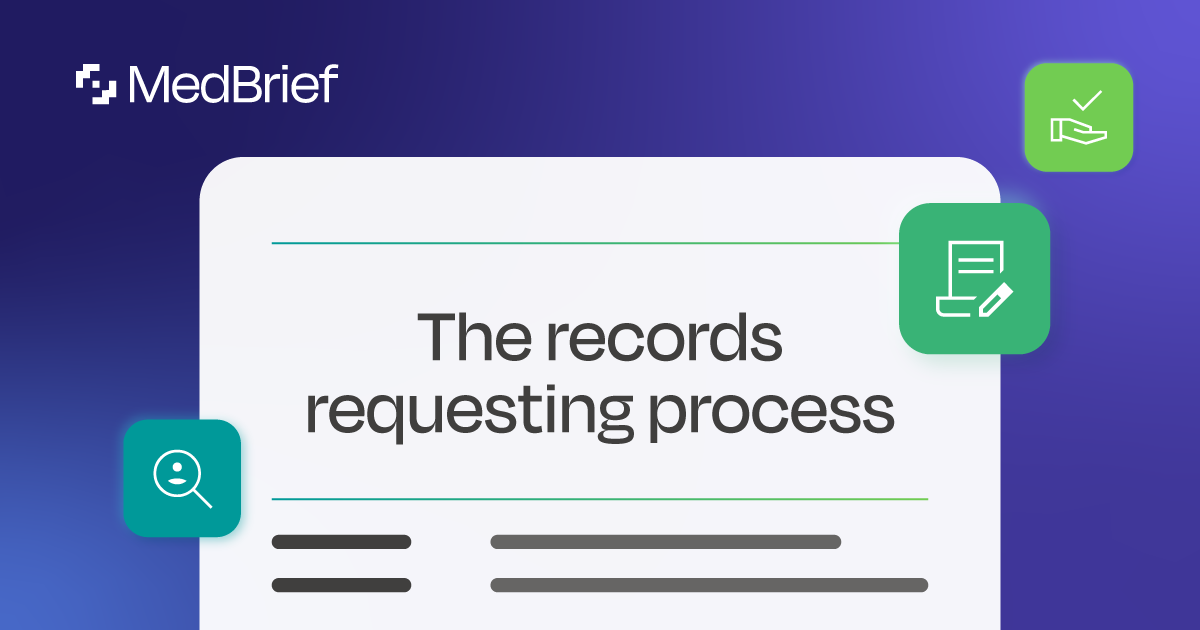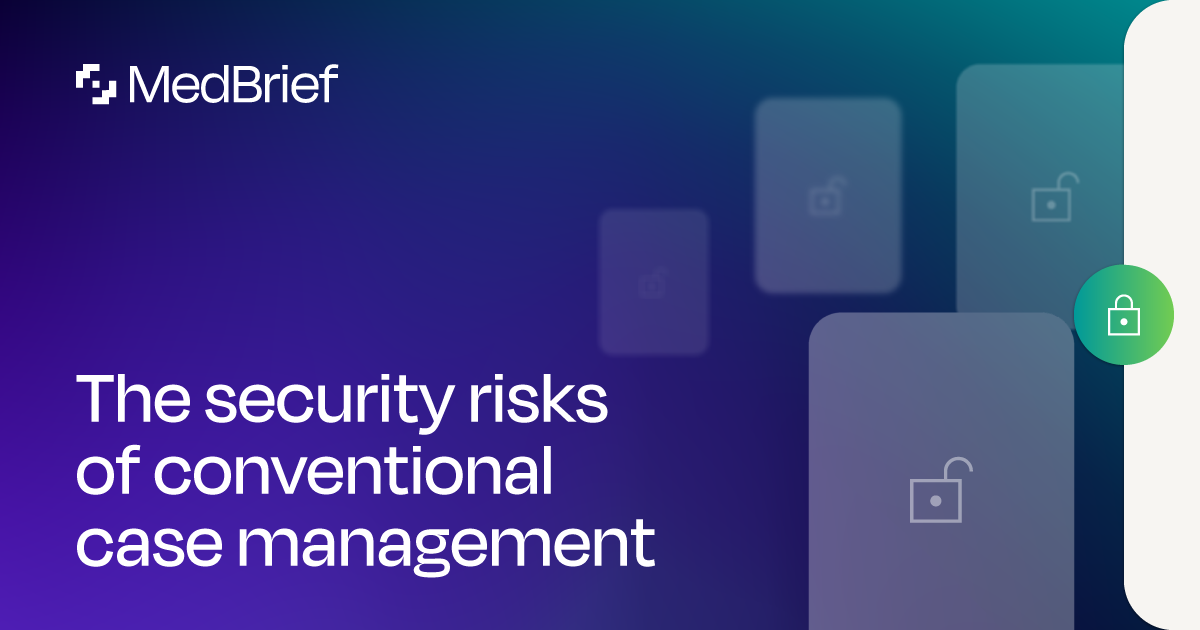In personal injury and clinical negligence cases, obtaining relevant medical records is essential for building a strong case and advocating on behalf of the injured party. However, the process of requesting and obtaining these records can be long and complex. We’ll be explaining what the records-requesting process is, highlighting key steps, challenges, and best practices to ensure a smooth and successful outcome.
Medical records are critical evidence in personal injury and clinical negligence cases, providing insights into the extent of injuries, medical treatments received, and any negligence or malpractice that may have occurred. Access to detailed and accurate records is essential for evaluating the merits of a case, assessing damages, and advocating for fair compensation on behalf of the injured party.
Key steps in the records requesting process
Identify relevant providers
The records-requesting process begins by typically a third-party service identifying all healthcare providers who have treated the injured individual. This may include hospitals, clinics, primary care physicians, specialists, therapists, and other healthcare professionals involved in the person’s care.
Draft a records request letter
A formal records request letter is then addressed to each healthcare provider identified. The letter states the purpose of the request, the specific records being sought, and any relevant dates or timeframes. The injured party’s signature for authorisation is required for release any medical information.
Submit records requests
The records request letters are then sent out either physically or electronically. The date of each request sent is recorded and copies are maintained.
Follow up and monitor responses
If no response is received within a specific timeframe, a follow up takes place, and any further responses are monitored and noted.
Review and analyze records
Once the medical records are received, they are analysed for relevance, accuracy, and completeness and the diagnoses, treatment plans, surgical procedures, medications administered, and any notes or observations made by healthcare providers.
Challenges and considerations
Privacy and confidentiality
Protecting patient privacy and confidentiality is vital when handling medical records. Ensure compliance with relevant privacy laws, such as the Health Insurance Portability and Accountability Act (HIPAA) and obtain proper authorisation for release of medical information.
Delays and obstacles
Retrieving the records may be delayed or complicated by various factors, including incomplete or inaccurate records, provider staffing issues, and legal or administrative problems. It’s important to prepare for potential delays and plan to reduce their impact on case timelines.
Collaboration and coordination
Effective collaboration and coordination among legal teams, healthcare providers, and record handlers are essential for navigating the records requesting process efficiently.
Best practices
Thorough documentation
Maintain detailed records of all communications, requests, and responses throughout the records-requesting process. This documentation is crucial for tracking progress, addressing gaps, and demonstrating compliance with legal and regulatory requirements.
Persistence and advocacy
Be persistent in pursuing records requests from healthcare providers. Follow up regularly, and escalate issues as needed, if record requesting is delayed unreasonably.
Professional support
Consider using a third-party service who are specialists in record requesting to help with the process. These professionals can offer expertise, resources, and support to navigate complex legal and administrative requirements effectively.


